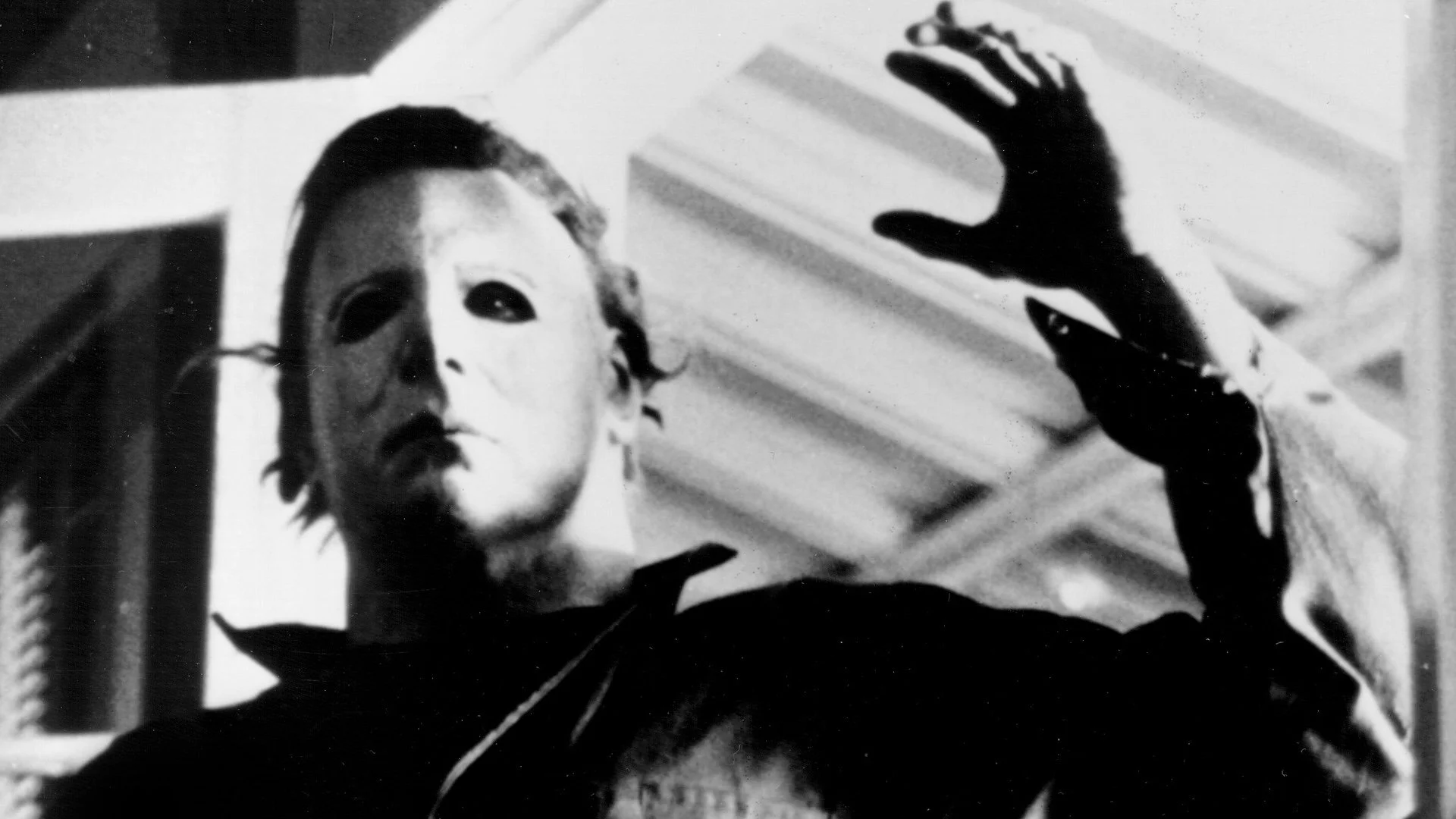How Nick Castle Gave Michael Myers His Haunting Grace in HALLOWEEN
When you think of the original 1978 Halloween horror film, it’s easy to picture the blank, white mask and the slow, deliberate movements of Michael Myers stalking the streets of Haddonfield.
But behind that terrifying mask wasn’t a stuntman or a professional horror actor, it was filmmaker and musician Nick Castle, a close friend of John Carpenter, who brought an eerie, unexpected grace to one of cinema’s most chilling figures.
Before Halloween, Castle wasn’t planning to become an on-screen killer. He was a film school buddy of Carpenter’s, part of a group of creative friends that included Tommy Lee Wallace.
Together, they made student films, played in a rock band called The Coupe De Villes, and had dreams of breaking into Hollywood. When Carpenter started shooting Halloween, the group came together once again to create a low-budget horror movie that would go on to change the genre forever.
Castle’s involvement as Michael Myers happened almost by accident. Jamie Lee Curtis recalled in an interview with Rotten Tomatoes, “Nick Castle, John Carpenter, and Tommy Wallace were all friends. They were in a band together called the Coupe De Villes.
“They were 30-year-old guys… who all went to film school together and they were all wanting to be in the movie business. These were people who were young people. We would call them hipsters today. That’s who was making this movie.”
Curtis added that Castle took on the role of “The Shape” simply as a favor to Carpenter. “I think [Nick] just did it as a favor to John. I’m sure John just said, ‘Eh, I need somebody to be in the mask, will you do it?’
“Maybe he got paid a couple hundred bucks or whatever it was. I mean, nobody got paid anything. I think I got paid $8,000 for the whole movie, which at the time, for the lead in the movie was $2,000 a week.”
Carpenter himself had a simple reason for choosing Castle, saying: “Nick Castle is a friend of mine from film school. We had a rock & roll band together, we made student films together. I liked the way he moved.
“He came from a dancer family so he had a grace, an odd grace about him. Plus, he was free. He was cheap. So he put on the costume and I said, ‘Now, go from here to here.’ And that was it.”
That “odd grace” turned out to be the secret weapon that made Michael Myers unforgettable. Castle’s slow, steady movements gave the character a haunting rhythm that set him apart from other movie killers of the time.
His physical performance turned what could have been a typical masked villain into something far more disturbing, a shape that felt both human and otherworldly.
There’s something hypnotic about watching Myers move. He doesn’t run. He doesn’t rush. He glides through shadows with a kind of chilling calm, the embodiment of Carpenter’s vision of evil as something simple, silent, and unstoppable.
Castle’s natural physicality, shaped by his background and his instincts rather than professional training, helped define what would become one of horror’s most iconic figures.
Even though Halloween was made for just $300,000, every creative decision counted, and Castle’s portrayal helped elevate the entire film. His movements paired perfectly with Carpenter’s minimalist direction and the now-legendary score, creating a sense of dread that still works decades later.
Nick Castle’s performance as Michael Myers became a template for an entire generation of slasher villains. Yet unlike many of the horror icons that followed, Myers wasn’t driven by revenge or emotion. He was blank, faceless, pure evil, and Castle gave that evil a human body that moved with purpose and poise.
Castle’s original take on “The Shape” continues to inspire filmmakers, reminding everyone that sometimes the most terrifying monsters are the simplest ones.
Nick Castle may have stepped in front of the camera as a favor, but what he brought to Michael Myers was legendary. His haunting grace helped turn Halloween into the horror classic it is today.
